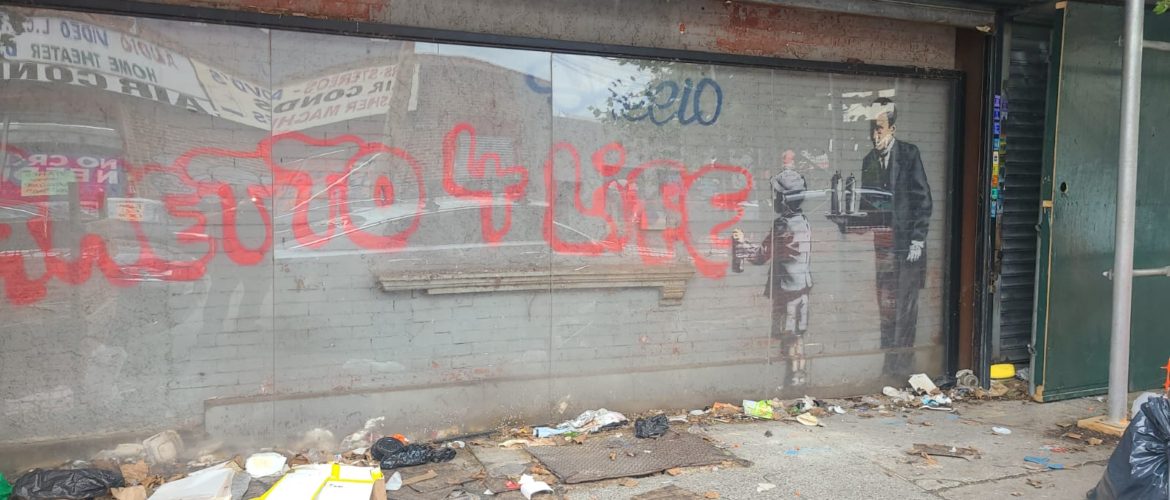Which Art Deserves to Be Preserved The Case of a Banksy Mural

The century-long discussion of what can be considered art has reached its boiling point in the modern world. While the validity of certain genres and movements that fit under the broad umbrella of contemporary art is questioned more often than others, graffiti remains the ultimate scapegoat. Not only is it criticized for its alleged lack of purpose and artistic value, but it is also considered a criminal offense in most countries. However, not all graffiti pieces are created equal. Banksy, one of the most well-known street artists in the world, is far from being treated like a regular graffiti enthusiast. The story of a Banksy mural in the South Bronx, New York, provides a brilliant illustration of that point.
When the controversial Banksy mural first appeared on the wall of one of the buildings in the Bronx in 2013, it received all kinds of attention almost immediately after its discovery. The artwork depicts a boy spray painting the words “Ghetto 4 Life” on the wall, with a butler serving him cans of spray paint on a tray. The public deemed the piece offensive, as it perpetuated harmful stereotypes about the area and its residents. Besides, Banksy, whose identity has not been revealed to the public, is known to be a British white man with no experience living in a “ghetto” and, therefore, no right to use the term.
Despite the mixed reactions from the public, the owner of the building featuring the Banksy mural saw its appearance as a blessing; he even covered the artwork with plexiglass and built a gate around it for protection. This year, it has become known that the owner is going to demolish the building and sell the mural to a gallery.
Why is the Banksy mural so special?
While New York is known as the center of graffiti culture, it also has strict anti-graffiti legislation. This means that for most street artists their works being painted over is a fact of reality. With Banksy, however, that is not the case at all: it gets treated like a work of art because it has its creator’s name attached to it (along with massive monetary value). The question of whether illegal graffiti should all be treated the same, no matter its origin, is still up for debate. What is known for sure is that every time a Banksy piece appears in some part of the world, it never fails to evoke a strong reaction from both the haters and the lovers of his art.
